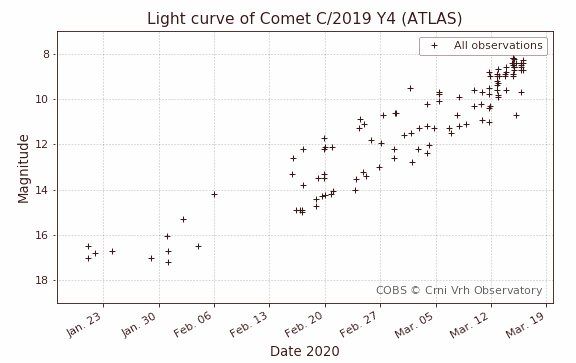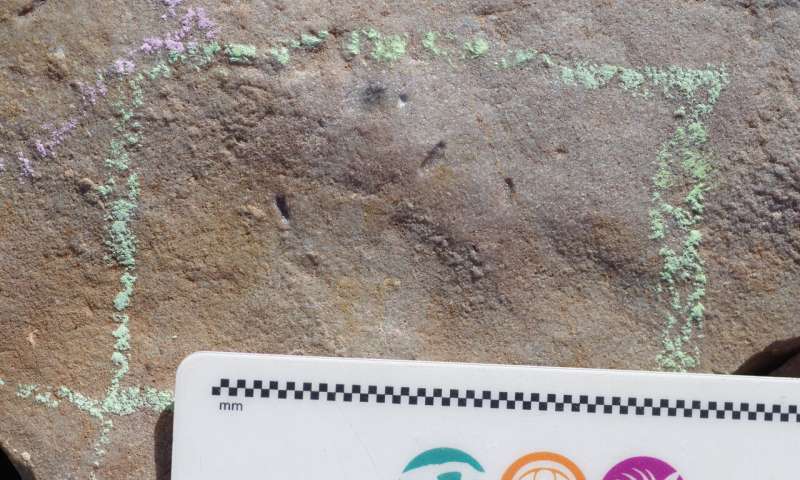Despite evidence to the contrary, Amazon’s Ring is still insisting its the best thing people can put on their front doors — an IoT camera with PD hookups that will magically reduce crime in their neighborhoods simply by being a mute witness of criminal acts.
Boasting over 1,000 law enforcement partnerships, Ring talks a good game about crime reduction, but its products haven’t proven to be any better than those offered by competitors — cameras that don’t come with law enforcement strings attached.
Last month, Cyrus Farivar undid a bit of Ring’s PR song-and-dance by using public records requests and conversations with law enforcement agencies to show any claim Ring makes about crime reduction probably (and in some cases definitely) can’t be linked to the presence of Ring’s doorbell cameras.
CNET has done the same thing and come to the same conclusion: the deployment of Ring cameras rarely results in any notable change in property crime rates. That runs contrary to the talking points deployed by Dave Limp — Amazon’s hardware chief — who “believes” adding Rings to neighborhoods makes neighborhoods safer. Limp needs to keep hedging.
CNET obtained property-crime statistics from three of Ring’s earliest police partners, examining the monthly theft rates from the 12 months before those partners signed up to work with the company, and the 12 months after the relationships began, and found minimal impact from the technology.
The data shows that crime continued to fluctuate, and analysts said that while many factors affect crime rates, such as demographics, median income and weather, Ring’s technology likely wasn’t one of them.
Worse for Ring — which has used its partnerships with law enforcement agencies to corner the market for doorbell cameras — law enforcement agencies are saying the same thing: Ring isn’t having any measurable impact on crime.
“In 2019, we saw a 6% decrease in property crime,” said Kevin Warych, police patrol commander in Green Bay, Wisconsin, but he noted, “there’s no causation with the Ring partnership.”
[…]
“I can’t put numbers on it specifically, if it works or if it doesn’t reduce crime,” [Aurora PD public information officer Paris] Lewbel said.
But maybe it doesn’t really matter to Ring if law enforcement agencies believe the crime reduction sales pitch. What ultimately matters is that end users might. After all, these cameras are installed on homes, not police departments. As long as potential customers believe crime in their area (or at least their front doorstep) will be reduced by the presence of camera, Ring can continue to increase market share.
But the spin is, at best, inaccurate. Crime rates in cities where Ring has partnered with law enforcement agencies continue to fluctuate. Meanwhile, Ring has fortuitously begun its mass deployment during a time of historically-low crime rates which have dropped steadily for more than 20 years. Hitting the market when things are good and keep getting better makes for pretty good PR, especially when company reps are willing to convert correlation to causation to sell devices.





